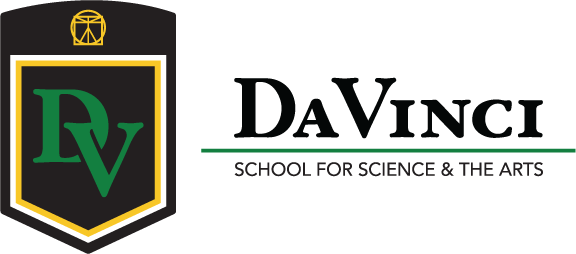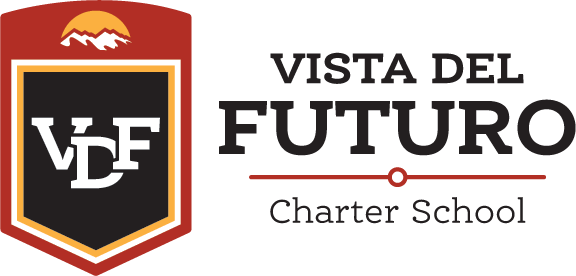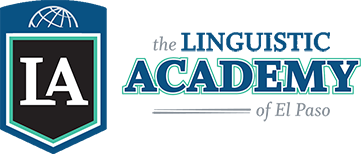 A communications satellite the size of a small car is orbiting around the earth helping humans make cellular phone calls. But something has gone wrong with the satellite; it’s not working properly and needs to be fixed.
A communications satellite the size of a small car is orbiting around the earth helping humans make cellular phone calls. But something has gone wrong with the satellite; it’s not working properly and needs to be fixed.
Imagine being told that your job as a scientist is to come up a payload — the equipment, tools and spare parts — needed to shoot astronauts into space to repair the satellite. It’s a one-shot opportunity and you have to get it right.
Figuring out how to assemble that payload, or one like it, has been the challenge of Da Vinci students in the School for Science and the Arts who are taking part in InSPIRESS.
 InSPIRESS refers to the Innovative System Project for the Increased Recruitment of Emerging STEM Students. It is an outreach project that provides the opportunity for high school students to develop and design a scientific payload on a spacecraft.
InSPIRESS refers to the Innovative System Project for the Increased Recruitment of Emerging STEM Students. It is an outreach project that provides the opportunity for high school students to develop and design a scientific payload on a spacecraft.
That payload will be sent aboard a mock spacecraft designed by college students at the University of Alabama at Huntsville. Da Vinci students have been working with undergraduate engineering students for years to understand what it would take to come up with the design for a payload.
Da Vinci students, as well as other high school students, collaborate with the undergraduate engineering students to understand the engineering requirements, the design process, and the role a customer plays in design.
InSPIRESS teams compete for selection by the undergraduate engineering teams. Da Vinci students have excelled in competition. Over the years, Da Vinci has collected more trophies and won most overall divisions than any other school.
 “Just getting into the competition is tough,” said Mr. Alexandro Medina, the project sponsor at Da Vinci. “The high school teams turn in a written report that has very strict rules in order to compete for selection by the college engineering teams.”
“Just getting into the competition is tough,” said Mr. Alexandro Medina, the project sponsor at Da Vinci. “The high school teams turn in a written report that has very strict rules in order to compete for selection by the college engineering teams.”
Students are also required to speak publicly in the community to explain their project. This includes describing what their objective is, the experiments they are doing, and the research and computer software they are using.”
Students also have to design and print a 3D model of their scientific payload. After five months of research, students then present their findings to professional judges that include professors from the university, NASA and the U.S. Department of Defense.
“A few years ago, Da Vinci was the only school outside of Alabama doing this,” Mr. Medina said. “But since then the competition has continued to grow and has added schools from other states, as well as four other schools from El Paso. The competition now has a total of 15 schools and over 30 teams competing in several categories.”
Despite the added competition, Da Vinci students continue to dominate.
Dr. P. J. Benfield, an InSPIRESS representative, said Da Vinci’s performance is amazing.
 “This is the most number of trophies ever won by high school students in this competition,” he said. “Up here in Huntsville, everyone immediately knows who Da Vinci is as soon as they walk into the building.”
“This is the most number of trophies ever won by high school students in this competition,” he said. “Up here in Huntsville, everyone immediately knows who Da Vinci is as soon as they walk into the building.”
In presenting Da Vinci students with their awards last year, Mr. John H. James Jr, the executive director of the Missile Defense System, said to our students, “We need you. We need students like you in the country’s Department of Defense.”
InSPIRESS seeks to provide examples of real-life uses for upper-level math and science courses. The program shows high school students why they need the upper-level math and science courses, before they take them.
The InSPIRESS mentors believe the best way to get students interested in engineering (and recruit more engineering students), is to introduce it to them when they are young, before they come to the false realization that engineering is hard, potentially scary, and a field without creativity.
The program is designed to show high school students how fun, exciting and varied real engineering can be.





